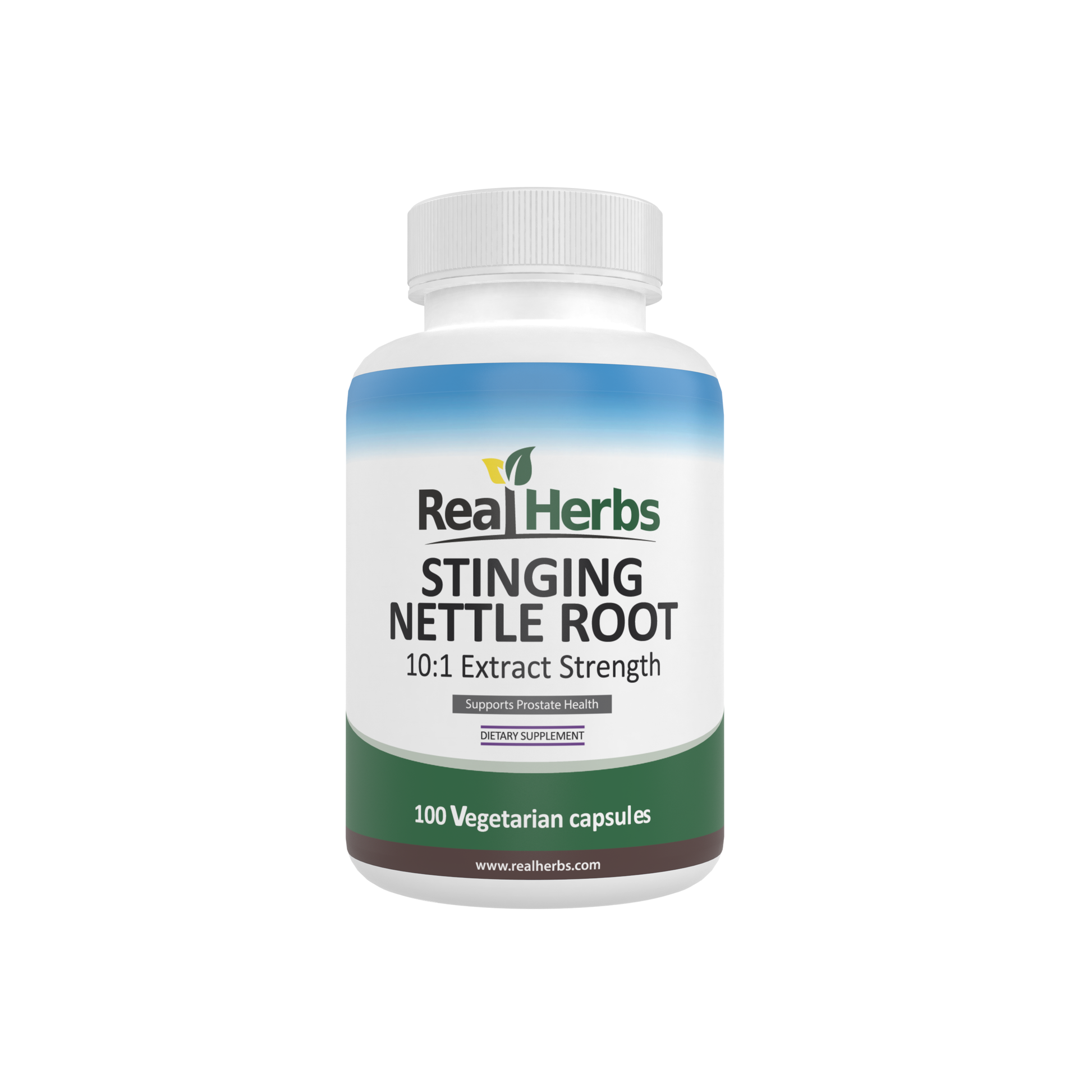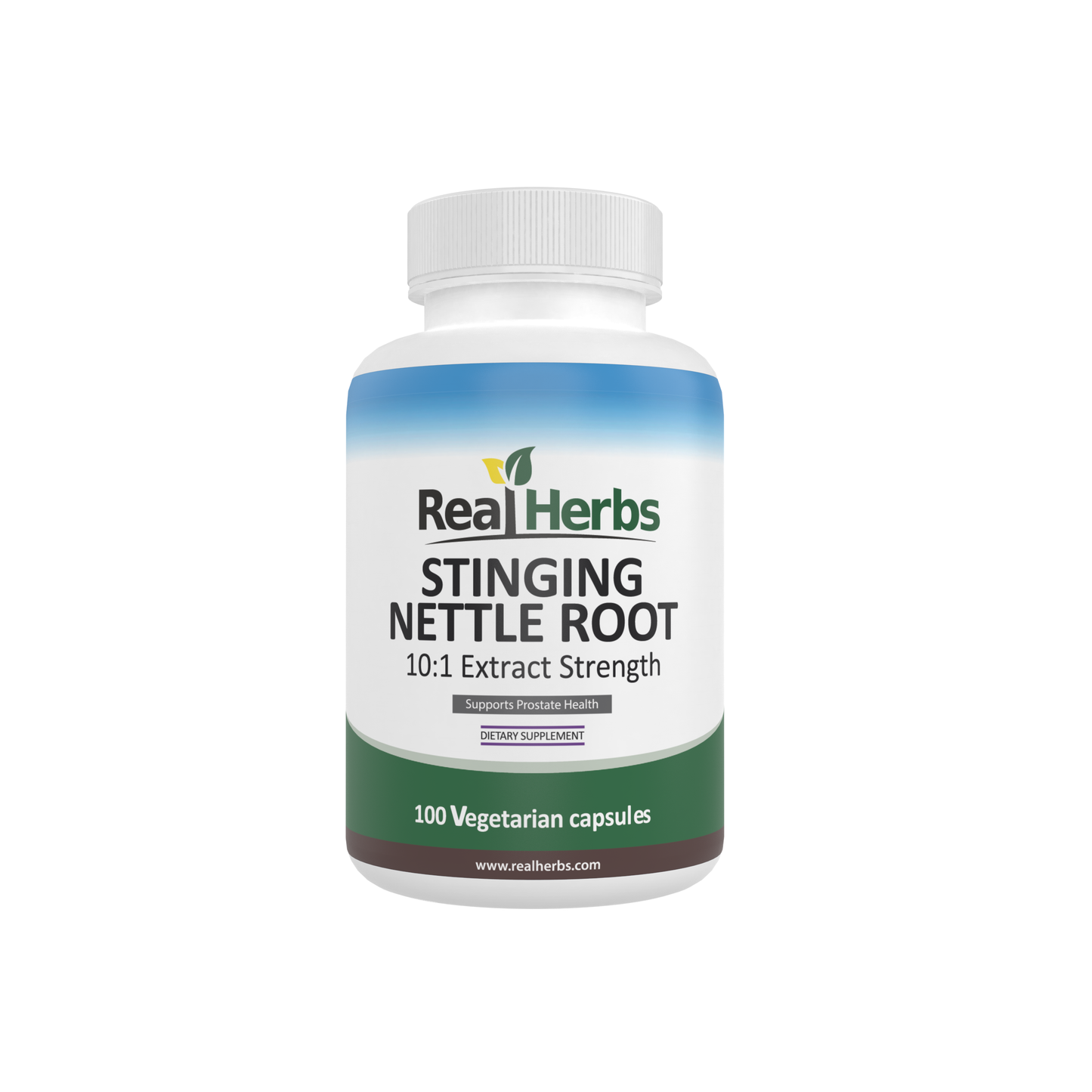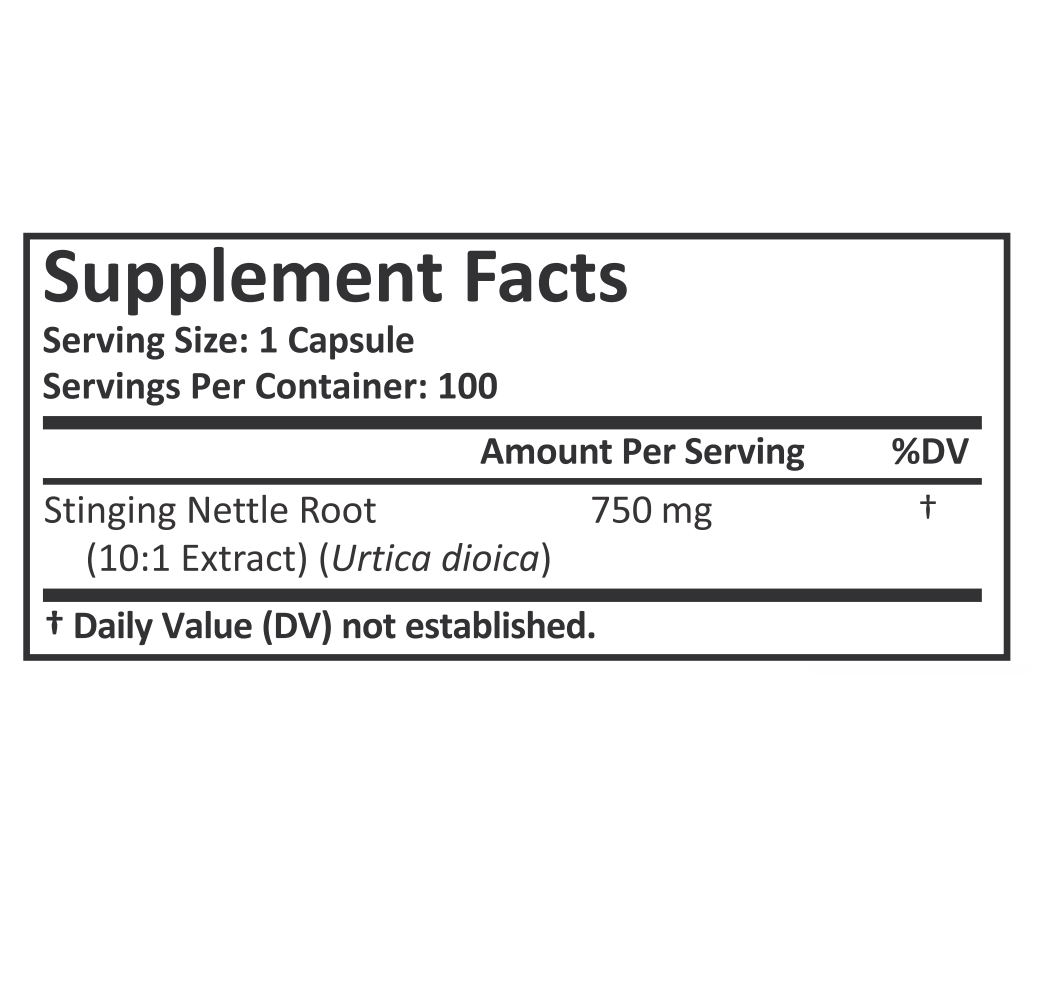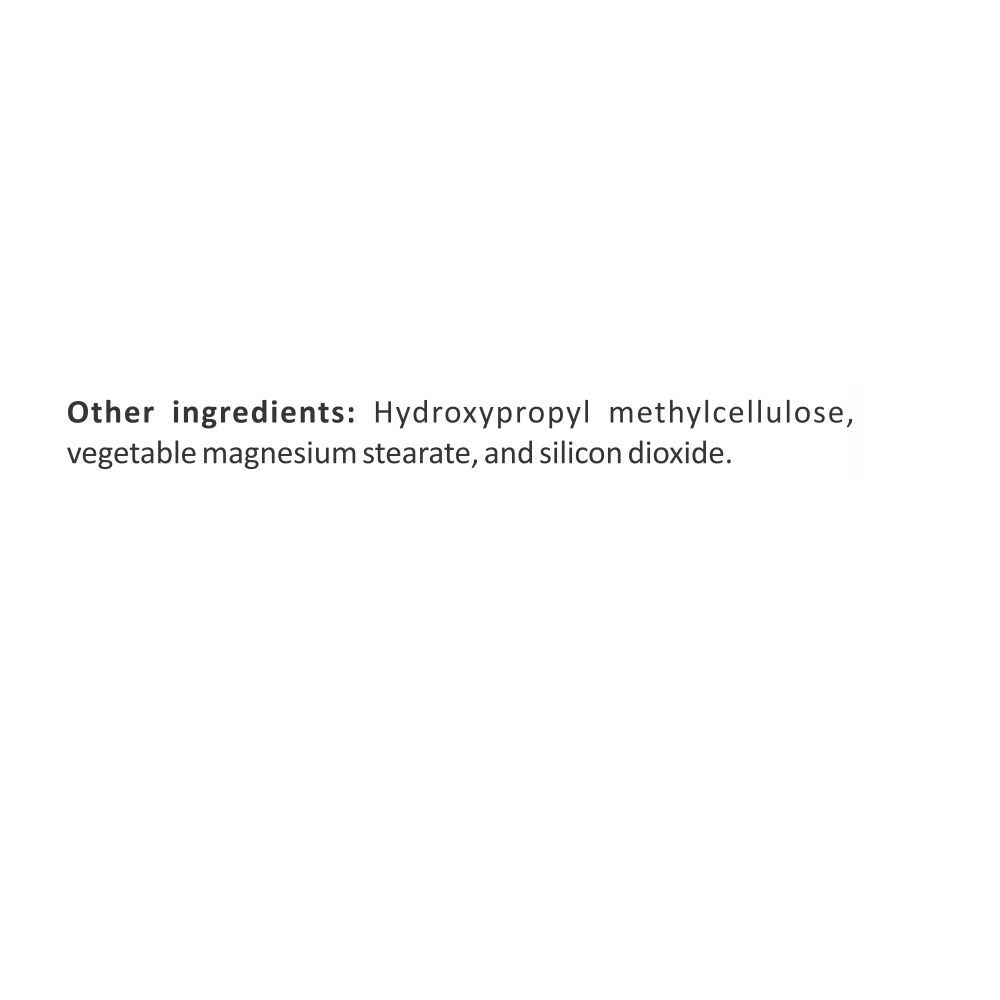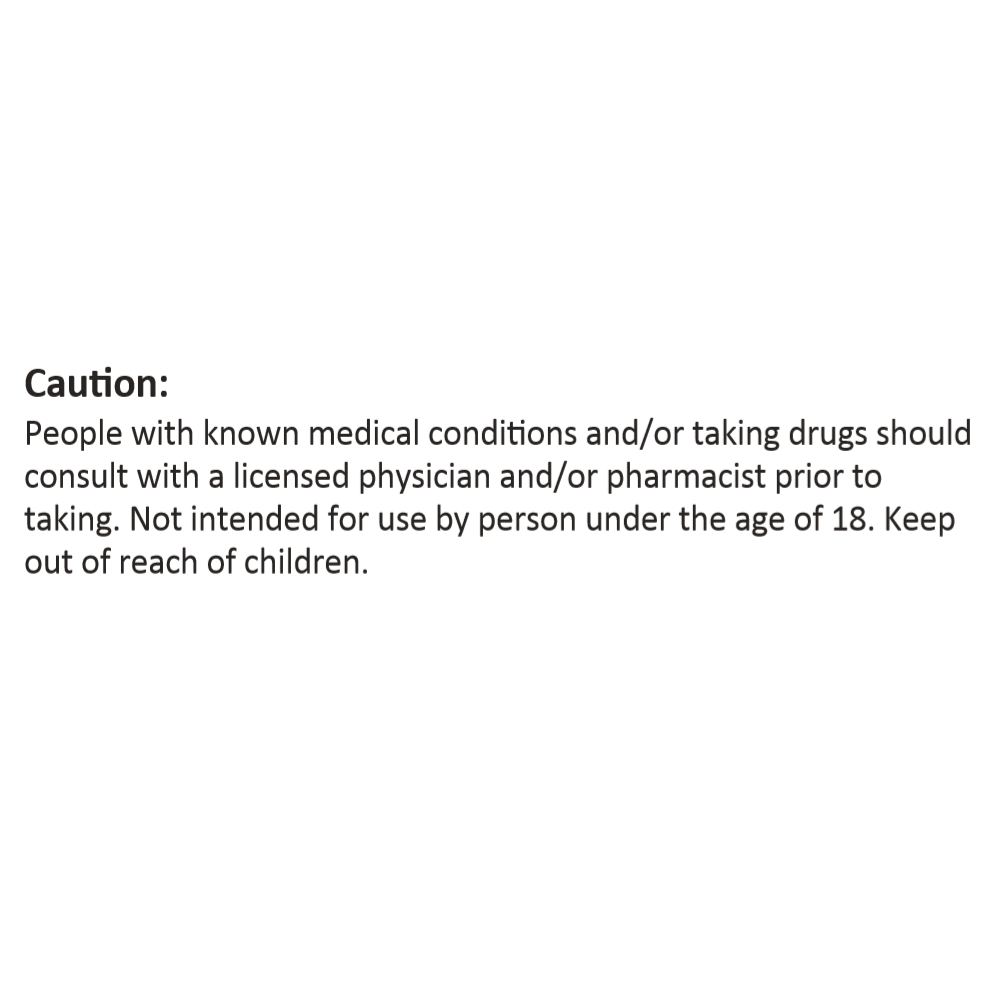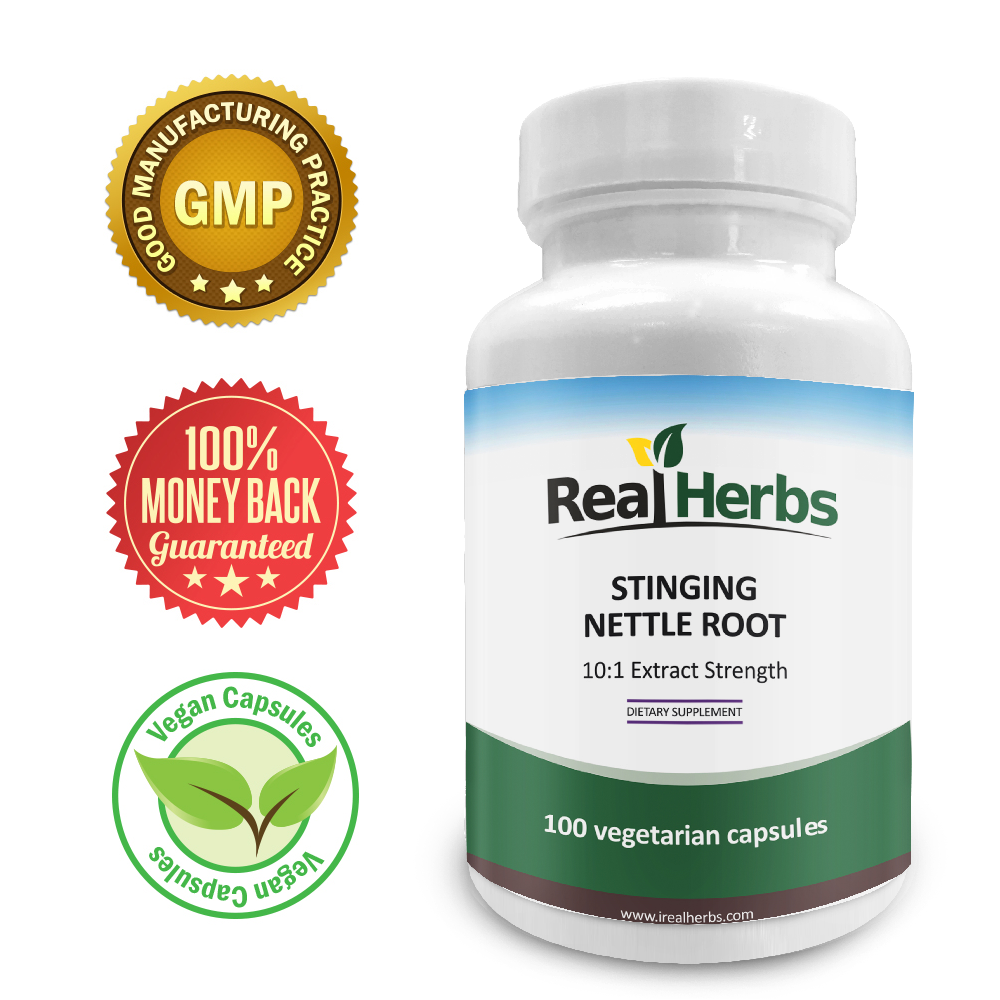Introduction
Respiratory health is a cornerstone of overall well-being, influencing our ability to lead active, fulfilling lives. As individuals seek alternative approaches to support respiratory function, stinging nettle root has become a subject of interest due to its historical use and emerging scientific research.
Imagine a remedy rooted in nature, a plant with a legacy of traditional use and a growing body of evidence supporting its potential benefits. Stinging nettle root, often associated with its pesky stinging leaves, holds within its roots a potential solution for respiratory challenges. In this article, we explore the mechanisms that make stinging nettle root a contender for respiratory health and the specific benefits it may offer.
Background on Stinging Nettle Root
Before we delve into the intricate details of stinging nettle's effects on respiratory health, let's acquaint ourselves with this remarkable plant. Stinging nettle (Urtica dioica) is a perennial herbaceous plant known for its serrated leaves and, as the name suggests, stinging hairs that can cause skin irritation. However, it's the root of this plant that has piqued the interest of herbalists and researchers.
Stinging nettle has a long history of use in traditional medicine, with documented practices dating back centuries. Ancient healers recognized its potential to address various ailments, and today, modern science is uncovering the secrets hidden within its roots.
In the following sections, we will explore the mechanism of action that makes stinging nettle root a potential candidate for respiratory health and examine the scientific evidence supporting its use.
Mechanism of Action
At the heart of stinging nettle's therapeutic potential lies a complex interplay of active compounds that contribute to its physiological effects. Among these, several key components are thought to play a role in supporting respiratory health.
One such component is quercetin, a flavonoid known for its anti-inflammatory and antioxidant properties. Quercetin is present in various plant foods, but stinging nettle root is particularly rich in this compound. Other bioactive compounds, including lignans and polysaccharides, contribute to the overall therapeutic profile of stinging nettle.
But how do these compounds translate into benefits for the respiratory system? The next section will unravel the intricate mechanisms that make stinging nettle root a potential ally in promoting respiratory well-being.
Scientific Studies and Research
Scientific curiosity surrounding stinging nettle root has led to an increasing number of studies aimed at understanding its impact on respiratory health. Researchers have explored its anti-inflammatory, antihistaminic, and immunomodulatory properties, shedding light on how these mechanisms may benefit individuals with respiratory conditions.
One notable study published in the Journal of Ethnopharmacology (insert reference) investigated the anti-inflammatory effects of stinging nettle root extract. The findings suggested a potential reduction in inflammatory markers, emphasizing the plant's ability to modulate the body's inflammatory response—a crucial aspect in managing respiratory conditions such as asthma and allergies.
Another study, published in the Phytomedicine journal (insert reference), delved into the antiallergic effects of stinging nettle. The researchers observed a decrease in allergic responses, indicating the potential of stinging nettle root to alleviate symptoms related to respiratory allergies.
These studies, among others, contribute to a growing body of evidence supporting the use of stinging nettle root for respiratory health. While further research is warranted, the preliminary findings offer promising insights into the plant's therapeutic potential.
Benefits for Respiratory Health
Anti-Inflammatory Effects
Chronic inflammation is a hallmark of many respiratory conditions, and stinging nettle root's anti-inflammatory properties may offer relief. By inhibiting inflammatory pathways, this botanical remedy could potentially mitigate symptoms associated with conditions like bronchitis or chronic obstructive pulmonary disease (COPD).
Antioxidant Action
Stinging nettle root's rich content of quercetin and other antioxidants may contribute to its protective effects on respiratory cells. Antioxidants help neutralize harmful free radicals, reducing oxidative stress that can exacerbate respiratory conditions.
Immunomodulation
The immunomodulatory effects of stinging nettle root may play a role in regulating the immune response. For individuals with autoimmune-related respiratory conditions, such as allergic asthma, the modulation of immune activity could be beneficial in managing symptoms.
Conditions Supported by Stinging Nettle Root
As research advances, the potential applications of stinging nettle root for respiratory health become more apparent. Individuals grappling with various respiratory conditions may find relief through the incorporation of this natural remedy into their wellness routines.
Allergies
Stinging nettle root's antihistaminic properties make it a potential ally for individuals dealing with respiratory allergies. Its ability to modulate histamine release could help alleviate symptoms such as sneezing, nasal congestion, and itching.
Asthma
Asthma, a chronic respiratory condition characterized by inflammation and narrowing of the airways, may benefit from stinging nettle root's anti-inflammatory properties. While it is not a substitute for prescribed asthma medications, incorporating stinging nettle root into a comprehensive asthma management plan could provide additional support in controlling symptoms and reducing the frequency of exacerbations.
Chronic Obstructive Pulmonary Disease (COPD)
COPD, encompassing conditions like chronic bronchitis and emphysema, often involves persistent inflammation and airflow limitation. Stinging nettle root's potential to modulate inflammatory responses may offer relief to individuals grappling with COPD. However, it's crucial for those with COPD to consult with healthcare professionals before integrating stinging nettle root into their regimen, as a comprehensive approach to COPD management is multifaceted.
Conclusion
In the ever-expanding landscape of natural remedies, stinging nettle root stands out as a potential ally in the pursuit of respiratory health. From its historical use in traditional medicine to the growing body of scientific research supporting its mechanisms and benefits, stinging nettle root offers a promising avenue for individuals seeking alternative approaches to respiratory well-being.

